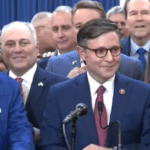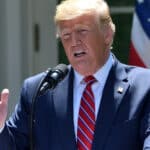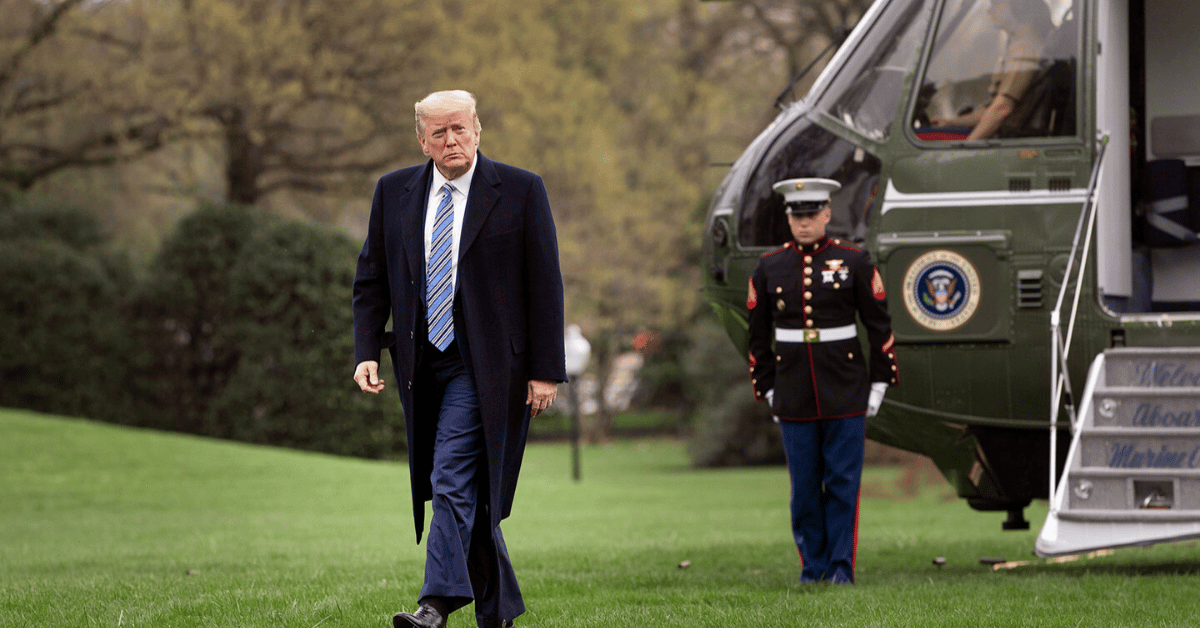
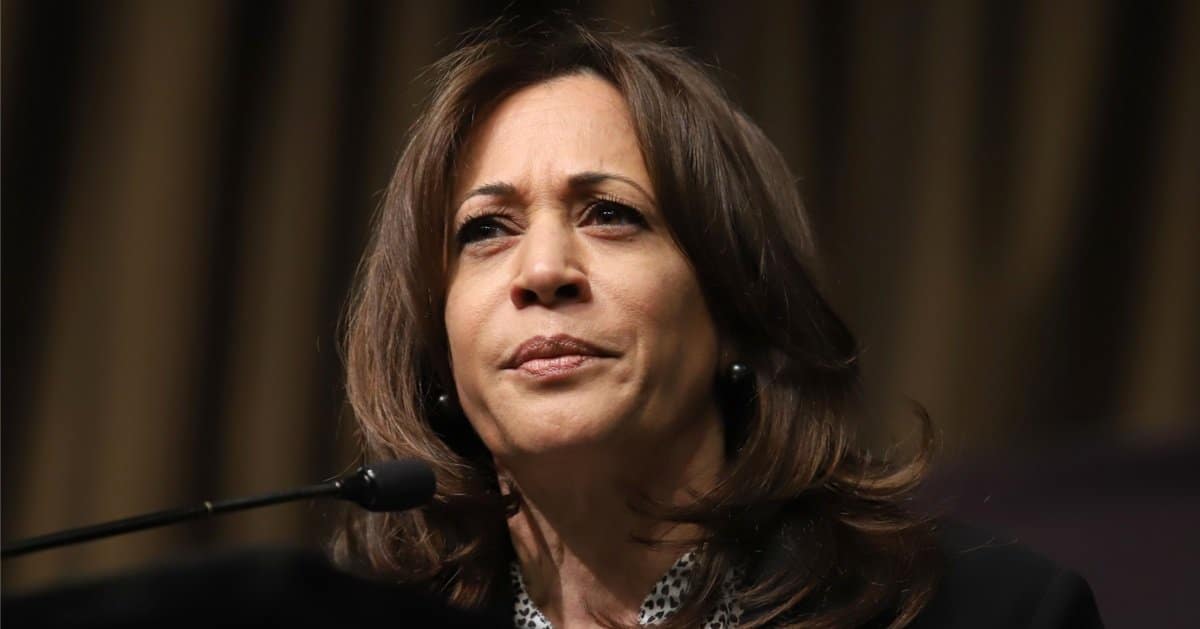
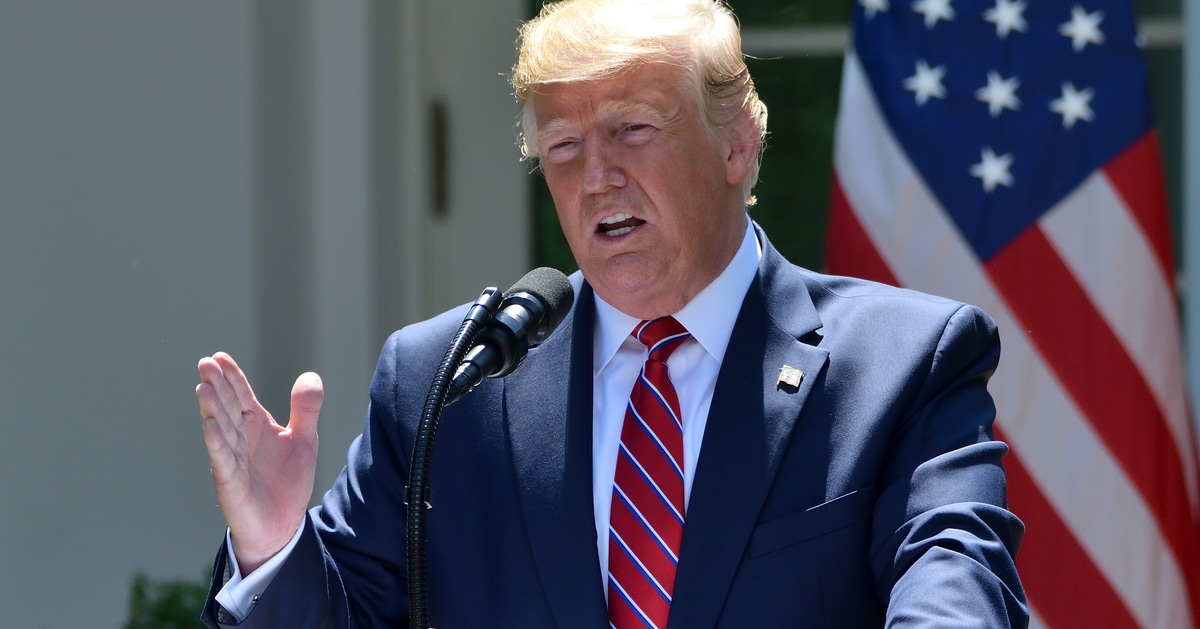
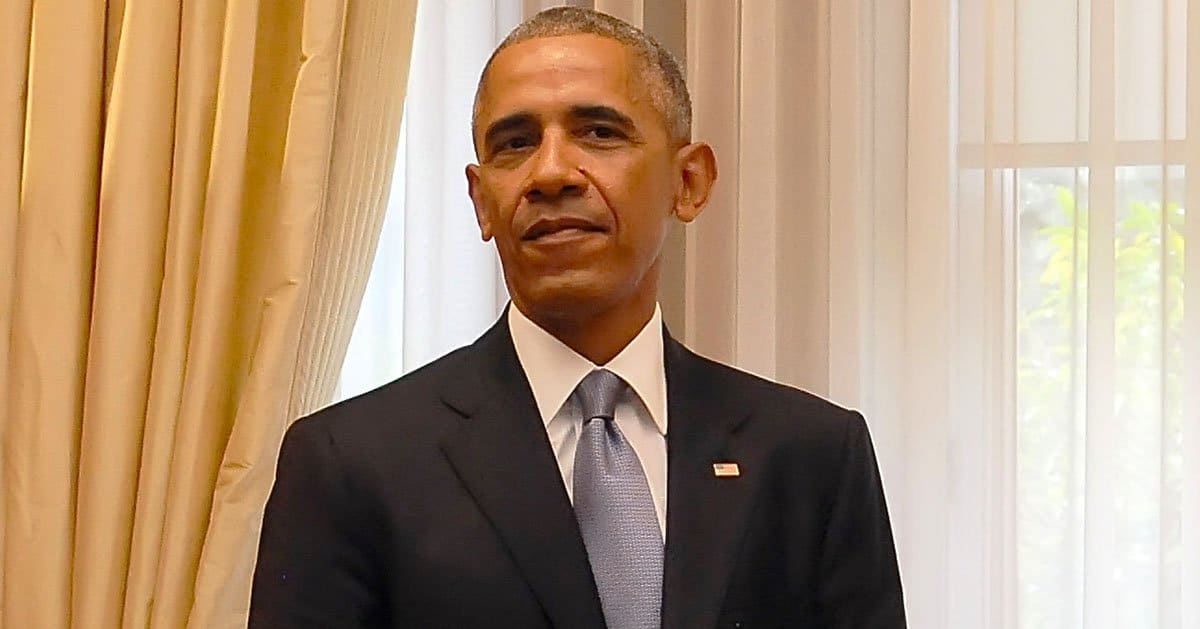
President Donald Trump is setting the stage for a significant diplomatic meeting next week.
CNN reported that on August 15, 2025, Trump will meet with Russian President Vladimir Putin in Alaska to discuss a potential peace agreement that could lead to the end of the conflict in Ukraine.
The potential agreement could involve Ukraine relinquishing some regions to Russia, specifically the Donbas area and Crimea.
This aspect of the proposal has already faced strong opposition from Ukrainian President Volodymyr Zelensky, who has been vocal about his resistance to ceding Ukrainian land to Russian control.
In a recent statement, President Trump made the announcement about the upcoming meeting, emphasizing the strategic location and timing.
"The highly anticipated meeting between myself, as President of the United States of America, and President Vladimir Putin, of Russia, will take place next Friday, August 15, 2025, in the Great State of Alaska. Further details to follow," Trump declared.
Meanwhile, European officials have reacted with concern to the proposition, as it may permit Russia to escape economic sanctions without making notable concessions. One European official shared their apprehension, emphasizing that acknowledging territories obtained by force without repercussions could send a dangerous message.
Yury Ushakov, a presidential aide to Putin, confirmed the planned meeting's location. He noted that Alaska represents a logical and strategic meeting point for the two leaders.
President Zelensky has clarified that Ukraine is ready to collaborate with Trump but stands firm in his opposition to any decisions that might force Ukraine to compromise its territorial integrity. Zelensky's remarks on the matter have been definitive and strong.
Volodymyr Zelensky stated, “Ukraine is also ready to work together with President Trump,” but his people “will not give their land to the occupier.”
Zelensky also remarked: “Any decisions that are against us, any decisions that are without Ukraine, are also decisions against peace. These are dead solutions. They will never work. And we all need a real, living peace that people will respect.”
The proposed peace plan also seeks to maintain current battle lines, leaving questions about the fate of regions such as Zaporizhzhia and Kherson. There is speculation around whether NATO guarantees and military constraints could be integrated into the bargain. These uncertain factors add complexity to the proposed negotiations.
President Trump has expressed optimism regarding the forthcoming dialogue, saying, “The European leaders want to see peace. President Putin, I believe, wants to see peace, and Zelensky wants to see peace.” He conveyed confidence that there might be a genuine opportunity to achieve peace with Russia.
Trump has been vocal about the high stakes of the meeting, setting a deadline for Putin to establish peace or face severe economic repercussions. He underscored the urgency of the situation, noting that the U.S. has been diligently working to gather support among allied nations for the peace initiative.
Despite the push from the U.S. for a consensus among allies, it remains unclear whether a unified agreement has been reached on the proposed plan. The planned meeting is crucial, as it could signify a pivotal moment in international relations concerning the ongoing conflict in Ukraine.
As the meeting date approaches, anticipation builds as world leaders and officials await the outcome of this potentially game-changing dialogue between President Donald Trump and President Vladimir Putin.
With hopes of reaching a peace accord that could bring the Ukraine conflict to a close, the discussions are met with both hope and skepticism from various global stakeholders.
The implication of Ukraine possibly ceding regions to Russia remains contentious for President Volodymyr Zelensky and European leaders, who fear emboldening further aggression by acknowledging territory gains through force.
